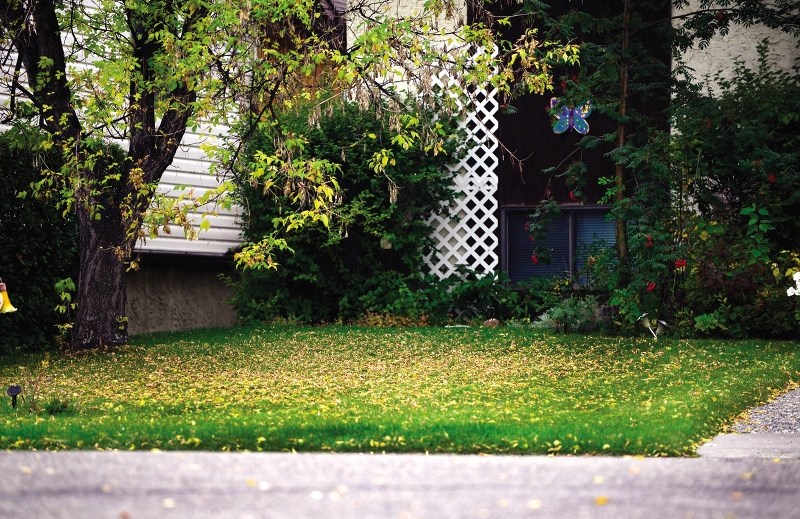You may not think there’s much that can be done for your lawn before winter hits, but there’s a few things you can do to give your turf a fighting chance.
Tynan Heembrock, manager at Anything Grows in Cochrane, said nothing beats a good cut before the snow hits.
“When you know we’re going to start getting snow and consistent cold frosty nights, you want to give your lawn a nice short cut,” he said.
The benefit is that there’s no extra weight from longer blades of grass for the snow to compress, which can damage the lawn’s ability to bounce back.
Leaving the clippings doesn’t matter, so long as they’re not big clumps, he added. If you have too many clippings clumped together, mould and rot can develop under the snow.
Although you may be tempted to water it in excess, one of the biggest mistakes people make is to over water, Heembrock said.
“For the fall, you don’t want to be adding any extra moisture when you can avoid it. It helps it go into that dormancy period and it will be a much better result in the springtime.”
Heembrock said that giving your lawn fertilizer before it’s snow covered is also a good idea. Look for a product with high nitrogen (the level of nitrogen in fertilizer is listed by number). Most stock will have a 30 per cent rating, which is sufficient. A number of products can be applied later in the season, but don’t need watering since it’s engineered to have a delayed response. Although how green a lawn is can be indicator of health, Heembrock said yellowing shouldn’t be a cause for concern.
“It’s going to start to turn more yellow and that’s definitely a good sign. If it’s super green, then you’re probably putting too much fertilizer and water.”
When the snow finally does fall, Heembrock said to avoid walking on the lawn when possible. The pressure caused by tromping through the snow can compress the grass and, as mentioned before, prevents it from springing back up.




